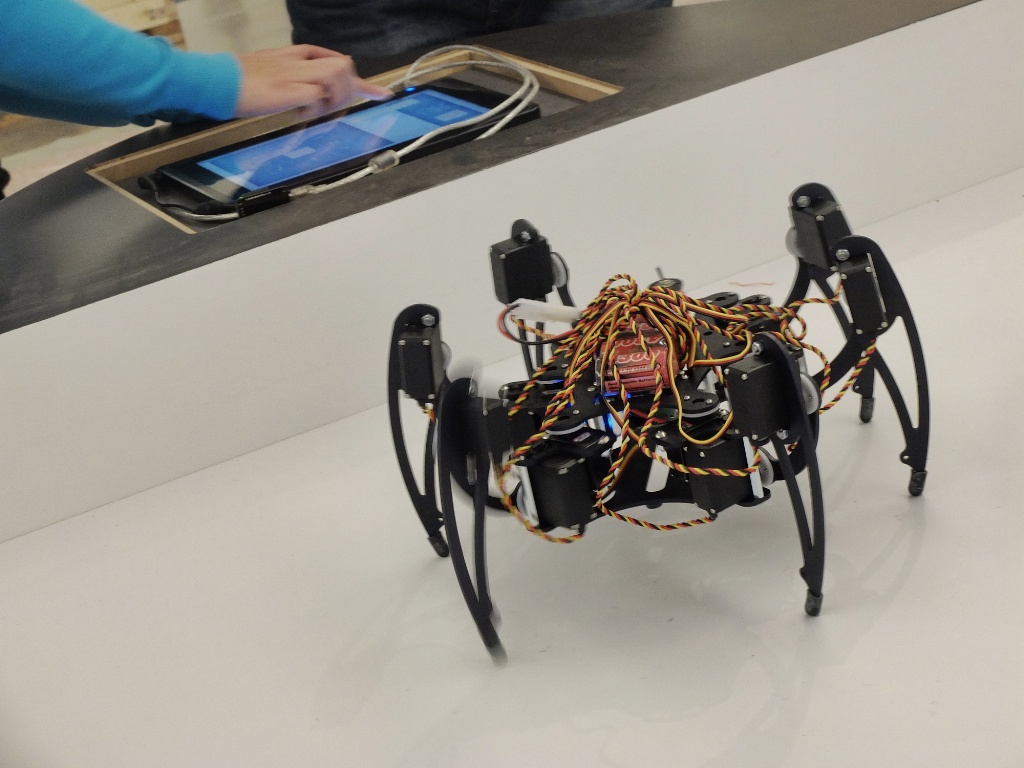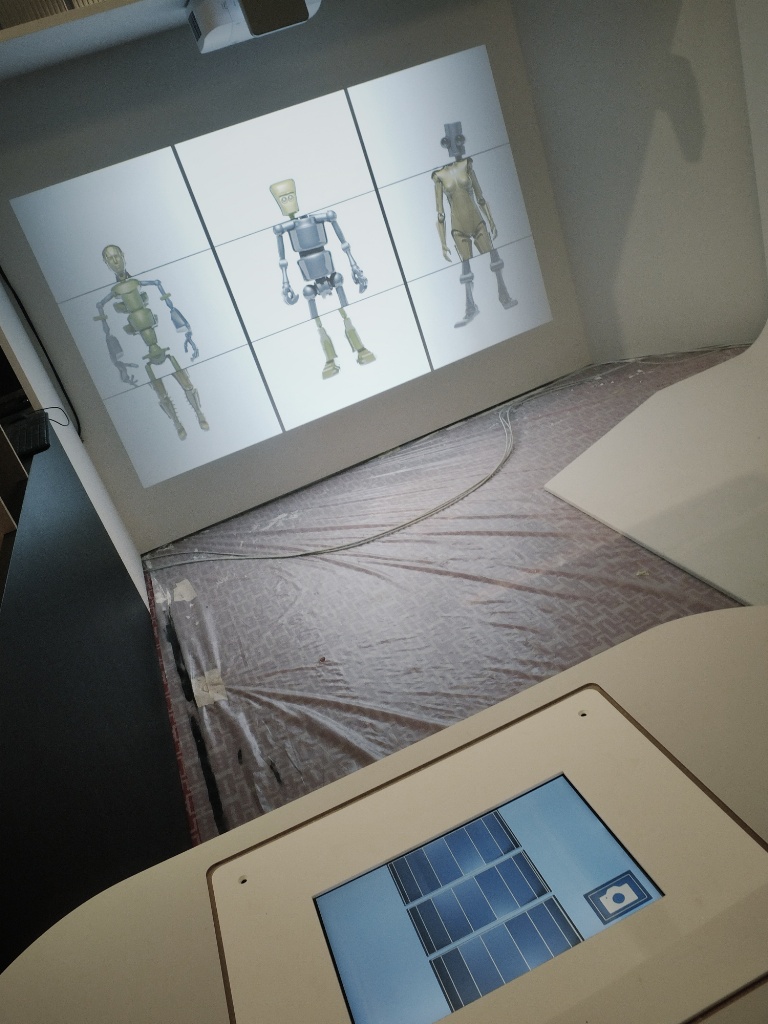Robots, robots, robots—those that do nasty, dangerous jobs without complaint, those that can bear the heaviest loads and are fluent in all the world’s languages. We’ve seen them in books and movies, but rarely in everyday life. Though we’re already well into the 21st century, most of our homes aren’t yet staffed by a domestic robot that can not only cook like a French chef but also make the beds every day and help the kids with their homework. Nevertheless, these mechanical-digital assistants have indeed taken over key functions in everyday life. From assembly lines in factories to fully automated meal delivery systems in hospitals, from therapeutic applications to acting assignments on the dramatic stage, the ways in which modern robots can be deployed are many and varied.
The helpers will be the stars of their own exhibition at Vienna’s Technical Museum beginning December 14, 2012. The Ars Electronica Futurelab is contributing its RoboLab as well as providing substantive support in a field in which its staff has considerable know-how. On display are seven interactive installations designed to offer fascinating insights into various aspects of robotics. At the blog you can browse through the new RoboLab before it’s open to public.
CodedMaze


CodedMaze turns the installation visitor into a control unit. From an isometric bird’s-eye view, you program the path of a robot that has to negotiate a sort of maze in search of replacement parts. The programming is accomplished either via touchscreen or by using punch cards that can then be read out by a scanner. Finding the right route is by no means child’s play; virtual crashes and cul-de-sacs are part of the game.
Catch me if you can!

Next up is Catch Me If You Can! Here, the name of the game is operating a remote-controlled getaway car in an effort to flee the clutches of an industrial robot that’s tracking the vehicle’s course by camera. When it’s close enough, the robot tries to catch the vehicle using magnets. If it succeeds, it does a little victory dance, and the installation visitor gets another chance to avoid capture; if the vehicle is the quicker of the two, the robot expresses sadness and shakes its head in disappointment. On the monitor, you can see your score and get the robot’s-eye view of the hot pursuit.
Behind The Eye

Then it’s on to Behind the Eye, an installation apportioned among several tablets running software that can digitally register and evaluate colors and shapes including facial features. Here, visitors can directly observe the individual levels that a computer-controlled system needs to perceive the world, whereby it turns out that things human beings take for granted actually constitute a sequence of complex analytical steps that can deliver truly mind-boggling results nowadays.
Nyoro Nyoro
Nyoro Nyoro is a setting for interaction with industrial robots by means of various colored balls, each of which triggers a different reaction. This installation as well is designed to illustrate the connection between digital perception and carrying out an action. Observers tend to be thoroughly surprised at how highly expressive the reactions can turn out to be.
RoboZoo



In RoboZoo, we get down to the real nitty-gritty with robots across the whole design spectrum. So drop by and spend some quality time with robotic baby seals, spiders and humanoids. You use a tablet to select your high-tech companion, which you can take out for a drive, stroll, slither or crawl on an arena-like proving ground. But before you get your hopes up, keep in mind that these are peaceful little critters, so there’ll be none of that Robot Wars stuff you might have seen on TV.
RobotMe!

RobotMe! gives installation visitors the opportunity to put their own head on a robot torso, or to see what their legs would look like protruding from a robot’s body. But don’t get nervous—it all happens virtually; no body parts actually change owners. It’s done with photographs that get mixed, matched and reassembled in novel combinations. And once you’re satisfied with the results of this human-robot amalgamation, you can e-mail an image of it to yourself. Or your friends. Or you Mom for that matter.
Sensor Brix
Finally we come to Sensor Brix, which gives you the chance to see how many different makes & models of robots and/or computers you can simultaneously interact with today. And since mouse and keyboard have become kinda passé, this installation is powered by sensors that can measure and evaluate magnitudes like temperature, brightness, magnetism, acceleration and force. And they react to sounds, of course. And any sort of interaction triggers another reaction in the virtual environment. So, have fun getting hands-on experience with this stockpile of cool stuff!
The Technisches Museum Wien is located at Mariahilfer Straße 212 in Vienna’s 14th Municipal District. The robotics exhibition and Robolab open on December 14, 2012.
Ars Electronica Futurelab
The Futurelab is the R&D-Division of Ars Electronica. Pulling together talents from various disciplines, the Lab works on projects in the fields of media-art, architecture, design or virtual reality. The approach is interdisciplinary, the focus of the projects is their impact on society and the gain of knowledge about the relations between art, technology and society. ars.electronica.art/futurelab/en.